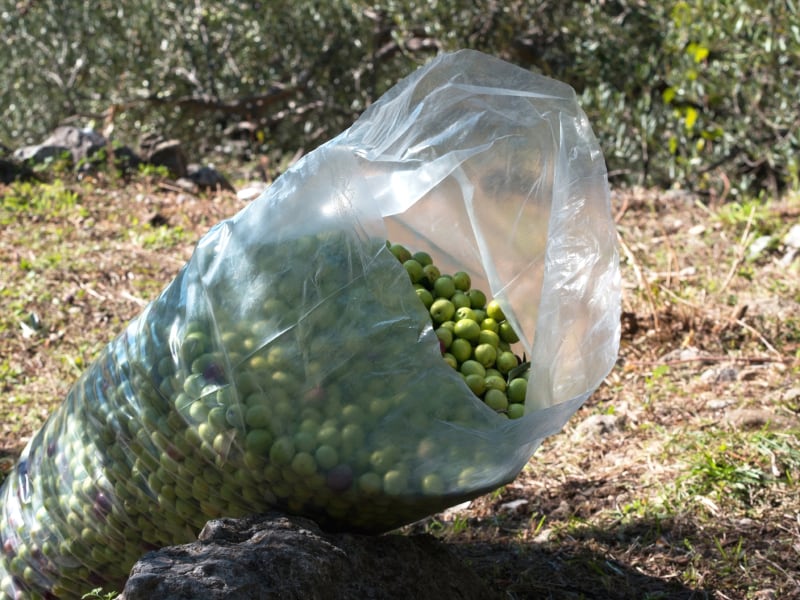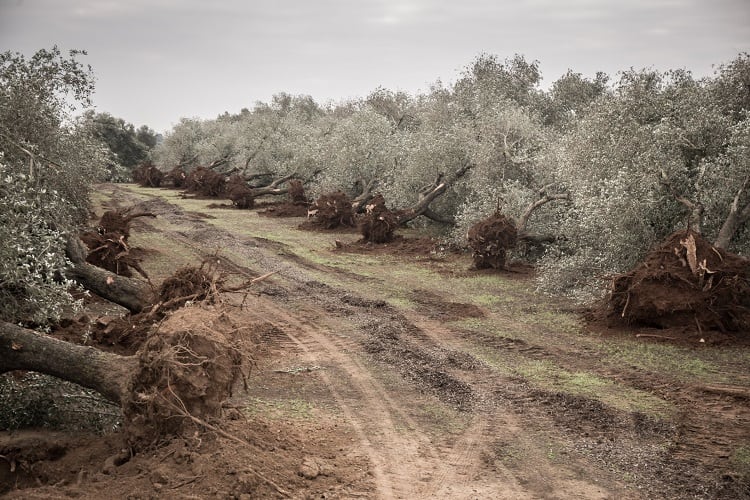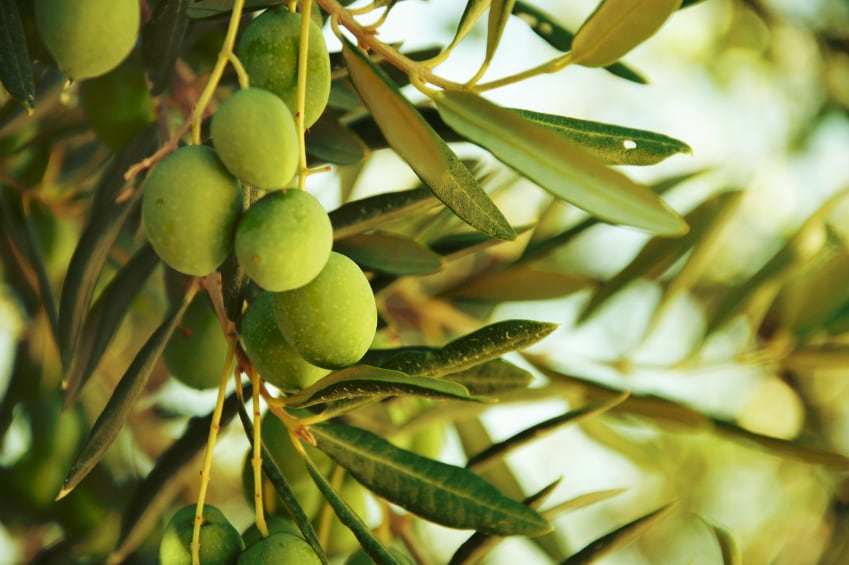Spain is the largest producer of olive oil globally. According to data from the European Commission, over the last three years, the average production in Spain reached 1.3 million tonnes per annum. The country dedicates 2.4 million hectares of land to olive production and in 2017 olive oil exports contributed a record €3.9 billion to the Spanish economy.
However, new research warns that global warming is likely to have significant implications for this economically important crop.
A recent study by the University of Cordoba and the Centre for Research in Geospace Science at Porto University investigated how climate change is likely to affect one of the main economic pillars in the region of the Andalusia region: the olive sector.
The researchers used a tool known as a Species Distribution Model, that predicts suitable areas for the presence of a species in accordance with environmental features. First, the changes that will occur in the Andalusian climate and how they will influence the distribution of the main olive varieties grown in Andalusia were studied. The researchers were then able to estimate, province by province, what olive production will look like in the next 20, 50 and 80 years.
"The study shows that there will be a reduction in the amount of area available for growing most of the olive varieties studied. This will be mainly due to less rainfall and loss of soil humidity,” explained Salvador Arenas Castro, a CIGCE researcher, who collaborated with the University of Cordoba and is the lead author of the study.
Impact variations by vicinity and variety
In the case of the Nevadillo olive variety, grown in the Cordoba province part of the Sierra Morena, it is estimated that by 2100, there will no longer be any area fit for farming.
Climate change will also significantly affect Manzanilla, Lechín and Picudo varieties, the researchers revealed.
"If these predictive models foretell major losses in areas suitable for the most common olive varieties, local varieties will run a high risk of disappearing as they are grown in much smaller areas with more specific climate conditions and therefore, are much more vulnerable to climate change,” Arenas Castro warned.
However, other varieties may actually see an increase in land area suitable for cultivation. For instance, the Picual variety is the most commonly cultivated olive species in Andalusia due to its ability to adapt to different environmental conditions. And this ability to adapt means it could see an increase in suitable land area of 25%, according to the study.
The authors attribute this increase to increased temperatures in areas that are today cooler – such as the provinces of Granada and Almeria in the Alpujarra region. These areas will become suitable for farming Picual olives once temperatures increase, they predicted.
In the provinces of Almeria and Granada, potential olive production will increase by 13% and 6% respectively.
"This increase will occur thanks to the potential expansion of the Picual and Verdial varieties in higher areas, such as the Alpujarra [mountains]," explained Arenas Castro.
The hardy nature of Picual olives could also help stem losses in other regions. In the province of Jaen, the main olive producer, losses ‘will not be as drastic’, specifically because the Picual variety is the most commonly grown there.
However, these gains look set to be more than offset by losses elsewhere. The provinces most affected by climate change will be Seville and Cadiz, with estimated losses of 29% for the former and 24% for the latter by 2100. For the provinces of Malaga, Cordoba and Huelva, production will decrease by 18%, 9% and 7% respectively.
Land-use stress to intensify
According to the researcher, climate change will be an important factor in plant and animal species distribution from now on, with many species being forced to move towards the north and to higher areas. Olive farming is no exception, he noted.
Likely land-use changes will place increasing pressure on northern regions and high altitude areas.
“The trouble will come when, in order to maintain the same levels of production, olive farming will have to be moved to more northern areas or areas at higher altitudes and will disturb, not only other crops, but also protected areas,” Arenas Castro predicted.
In order to mitigate the negative impact of climate change on local economies Rafael Villar, ecology professor at the University of Cordoba and part of this research team, said that policy makers must factor these predictions into long-term planning scenarios.
"It is also necessary to raise awareness that climate change is not a myth. It will impact our standards of living and our local economy and we must do as much as we can to prevent it,” he stressed.
Source
Projected climate changes are expected to decrease the suitability and production of olive varieties in southern Spain
Science of the Total Environment
DOI: 10.1016/j.scitotenv.2019.136161
Authors: Salvador Arenas Castro, João F. Gonçalves, Manuel Moreno, Rafael Villar



